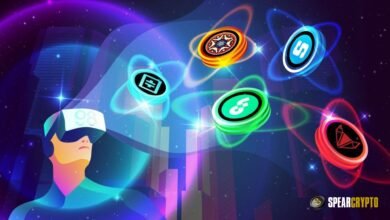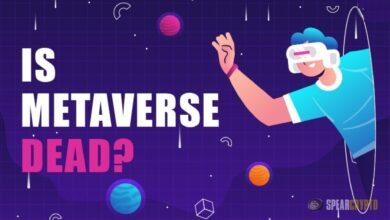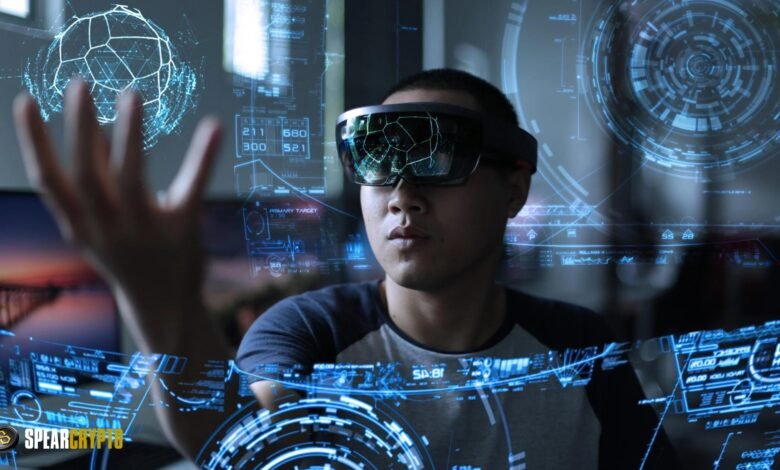
“Extended reality (XR)” technology creates more realistic and exciting user experiences by fusing physical and digital environments. Extended reality (XR) encompasses a wide range of technologies, including virtual reality (VR), augmented reality (AR), and mixed reality (MR). Virtual technology isolates users from their physical environment by immersing them in a digital simulation.
Wearing a virtual reality headset that records head movements allows users to explore virtual environments through screens or lenses. Virtual (VR) enables users to participate in various activities, explore virtual environments, and interact with things.
Augmented reality (AR) allows users to see and interact with their actual environment in new ways by superimposing digital information on top of it. Use of AR often requires a mobile device, tablet, or AR goggles. With its projection capabilities, users can interact with virtual objects, text, or images in the real world simultaneously with the virtual ones. Augmented reality applications are used in many areas, including education, gaming, navigation, and industrial training.
Mixed reality (MR) combines virtual and augmented reality (AR) elements. Users of MR systems can interact with virtual objects while they maintain awareness of and participation in their physical environments. For MR to work, users must wear specialized goggles or headsets that track their position and surroundings. This allows virtual items to appear and interact with the user’s real-world environment.
Virtual reality (VR) technology has many potential applications in fields as diverse as architecture, healthcare, education, online meetings and collaboration, gaming, and more. Virtual reality (XR) can revolutionize our interactions with information, communication, education, and entertainment by delivering captivating and immersive experiences beyond traditional user interfaces.
How Extended Reality (XR) Works
XR accomplishes its goals by creating fully immersive experiences that merge virtual and physical. The technology employed determines how XR works, whether it’s virtual reality, augmented reality, or mixed reality. These technologies function as follows: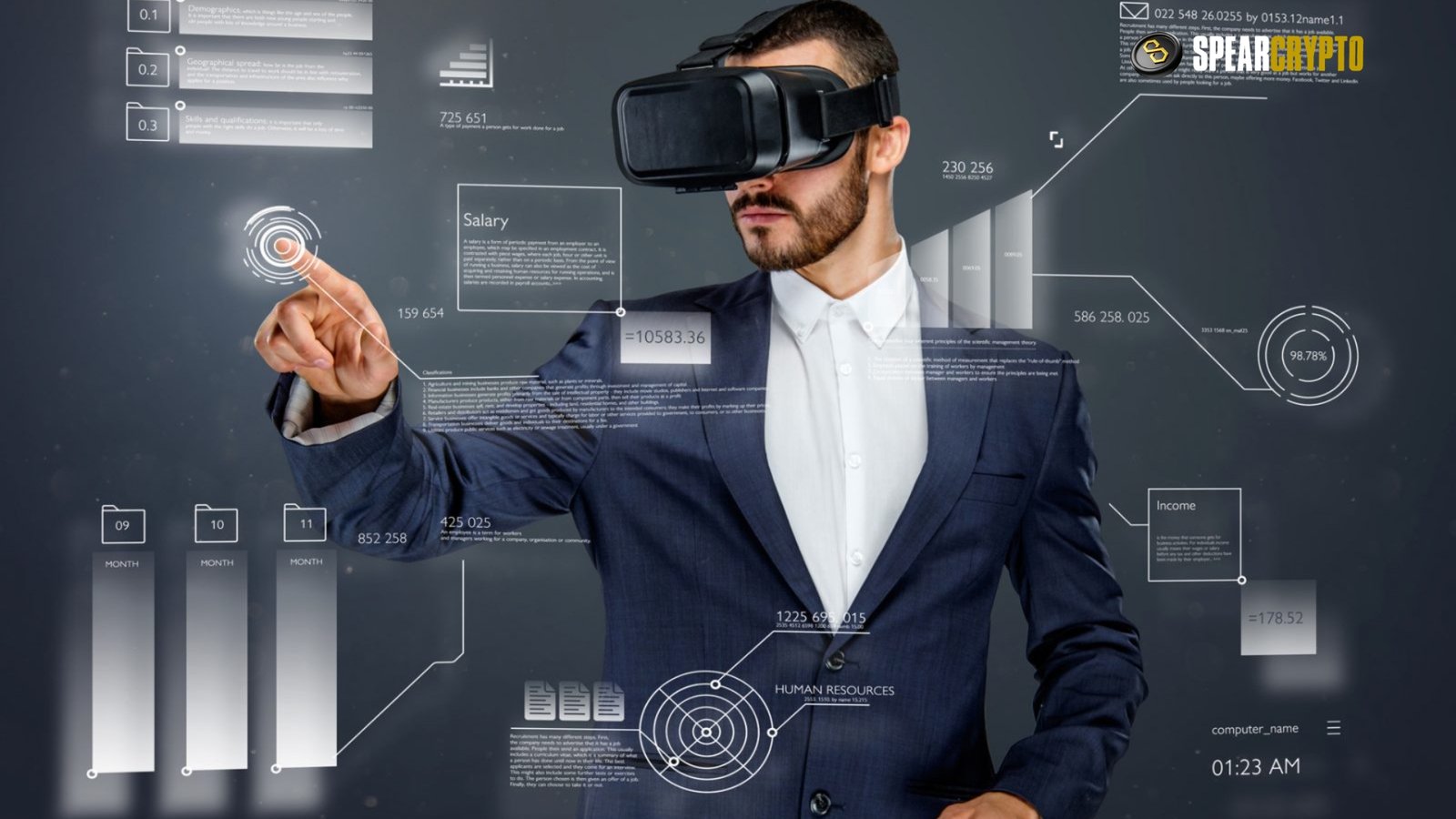
Virtual (VR) technology simulates real-world computer settings to produce immersive experiences. Virtual reality requires a headpiece with sensors to record actions. The stereo 3D pictures the headset shows create an immersive and lifelike experience for the user.
Utilizing the built-in speakers or headphones to generate spatial audio enhances the realism even further. To navigate the virtual world, users employ portable controllers, which the system then uses to record their every move.
Augmented reality
Augmented reality (AR) integrates virtual elements into real-world settings by enhancing users’ view and interaction with their surroundings. Experience AR on your smartphone, iPad, or with specialized AR goggles. While accelerometers and gyroscopes track the device’s position and orientation, the camera captures images of its environment.
Augmented reality software can spot features and objects in the physical world by analyzing the live video feed. Augmented reality (AR) glasses or a mobile device screen all flowers to see virtual objects, text, or images projected on top of real-world surroundings. Users can interact with the virtual components through touchscreens, gestures, and voice commands.
Mixed reality
Thanks to mixed reality, which combines VR and AR, users may engage with virtual objects while conscious of and interacting with their physical surroundings. Virtual and augmented reality (AR) headsets share many of the same components.
The MR system creates a digital replica of the natural world by mapping the physical region using the sensors and cameras. The next step is to make the user’s field of view and then fix virtual objects so they can naturally interact and obstruct their environment. Virtual objects can be manipulated and interacted with while the user remains in the actual world.
Benefits of Extended Reality (XR)
XR’s advantages include better immersion, learning, visualization, remote collaboration, and accessibility. Thanks to XR’s enhanced immersion, users can fully immerse themselves in virtual environments. This environment makes training simulations, instructional resources, and entertainment experiences more realistic and engaging.
XR enhances memory and learning by facilitating direct engagement and hands-on learning. Users can engage in interactive scenarios, visualize complex ideas, and interact with virtual objects to improve understanding and recall of material.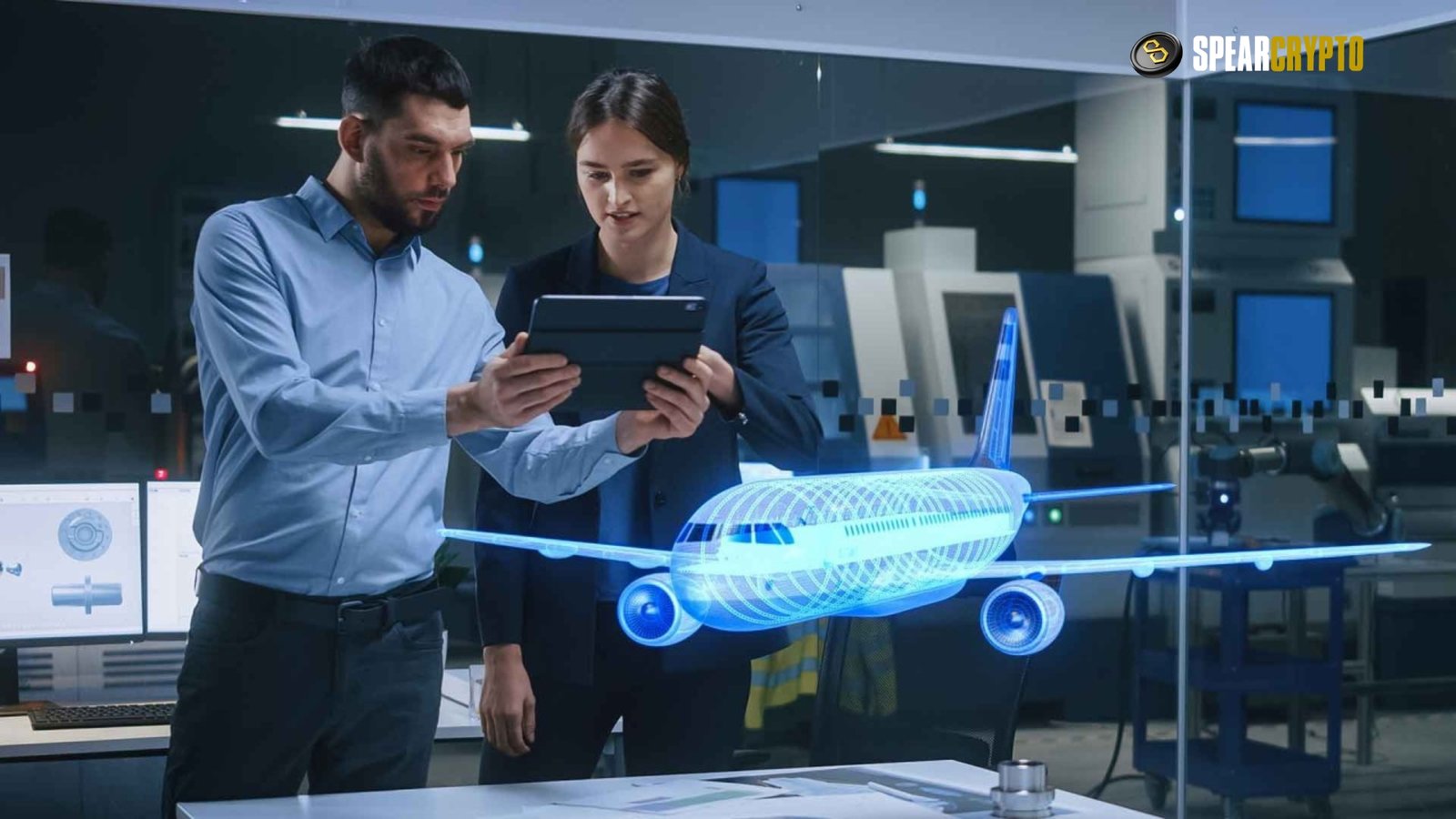
Virtual prototyping, realistic visualizations, and collaborative design reviews are just a few ways XR revolutionizes manufacturing, architectural, and healthcare sectors. As a result, decisions are made more effectively, and expenditures are reduced.
Furthermore, XR enables remote collaboration by allowing users to host virtual meetings and share virtual places independent of actual locations. This promotes global collaboration, increases productivity, and decreases travel expenses. Additionally, XR may improve accessibility by creating more welcoming environments for people with disabilities. It can provide a range of communication techniques, adaptable user interfaces, and sensory stimulation.
Challenges Associated with Extended Reality (XR)
Some of the obstacles that Extended Reality (XR) must overcome are concerns about privacy, interoperability, content creation, user comfort, and technical constraints. One significant obstacle is the lack of technical support for creating immersive XR experiences. The high price tag and demanding software and hardware specifications of XR systems may discourage their widespread use, particularly among less well-off individuals or groups.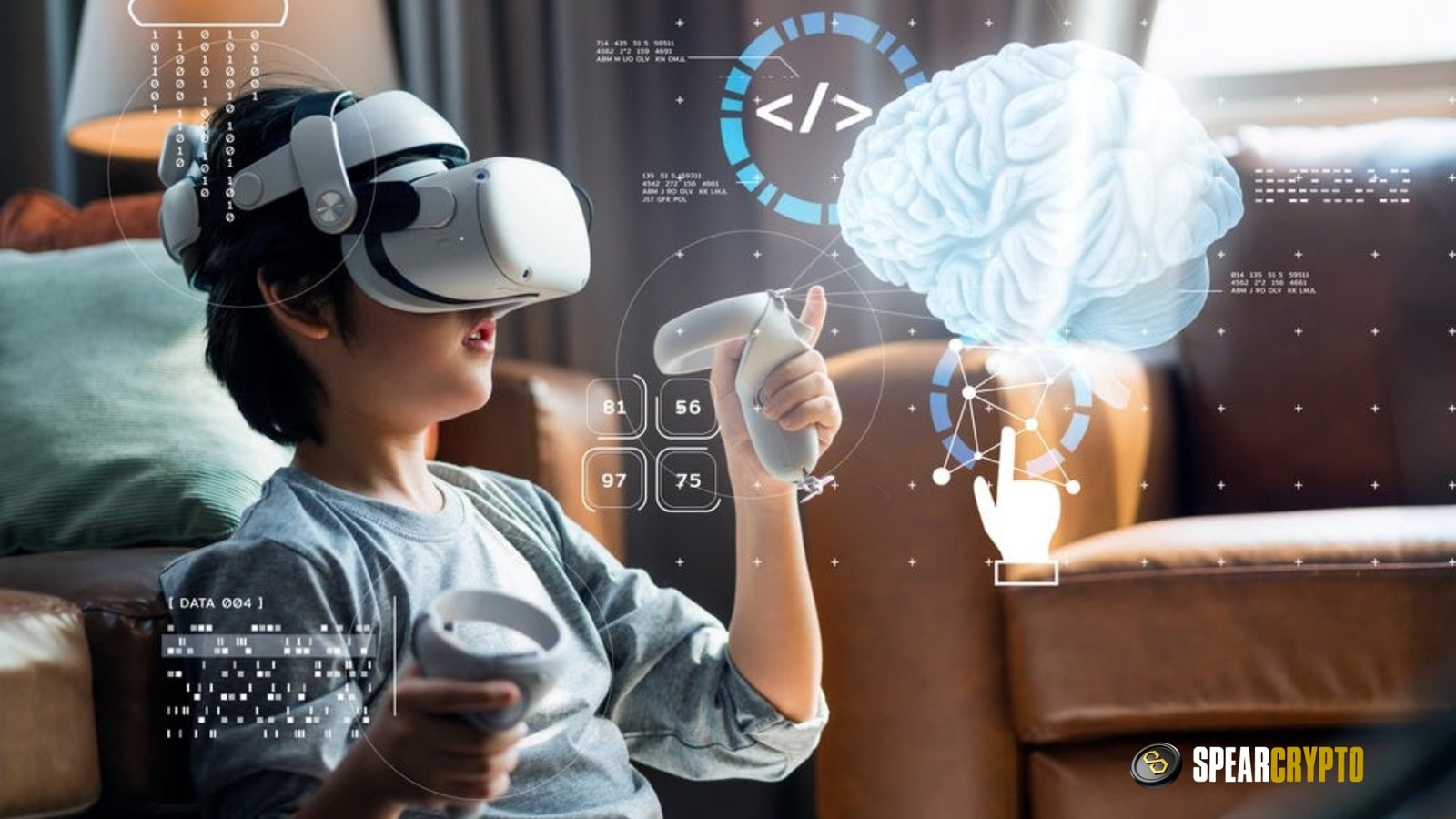
The immersive aspect of XR can also cause physical and sensory issues for some users, including nausea, headaches, and confusion. Keeping users comfortable and safe throughout long XR sessions is crucial for its widespread adoption and acceptance.
Another challenge is the need to produce and provide content. To create an XR experience, you need content tailored to your platform and technology. Producing high-quality XR content can be time-consuming and costly since it requires 3D modeling, animation, and interactive design expertise. Finding engaging and varied XR content for various scenarios is still challenging.
Standardization and interoperability present more challenges. The many XR-related platforms, technologies, and hardware components have different compatibility requirements. Allowing cross-platform experiences and seamless compatibility between different XR systems might be challenging, which makes integration and broad adoption more difficult.
Privacy and ethical concerns also pose significant obstacles in XR. With XR experiences came the inevitable collection and analysis of user data, which raised serious issues about data privacy, security, and user consent. Data ownership, consent, and responsible use are critical ethical considerations when using XR in sensitive settings like healthcare, education, or the workplace.
Is the Metaverse a Type of Extended Reality (XR)?
Virtual (VR) and metaverse are related but distinct. XR is an immersive experience where virtual and physical worlds mix. The metaverse is a network of interconnected virtual and augmented realities or virtual universes. It extends beyond XR technology to a vast digital space where users can connect with online communities and activities.
The metaverse is defined by financial processes, user-generated content, social interactions, and lasting online destinations. It aspires to provide a shared, immersive, and collaborative experience beyond specific XR technologies.
The idea of the metaverse extends beyond XR. It includes a more expansive picture of a fully functional virtual world with its own social dynamics, economy, and chances for user engagement and innovation. Although XR lays the groundwork for virtual and augmented experiences, which help bring the metaverse to life, the idea of the metaverse goes beyond XR.
[sp_easyaccordion id=”3123″]





